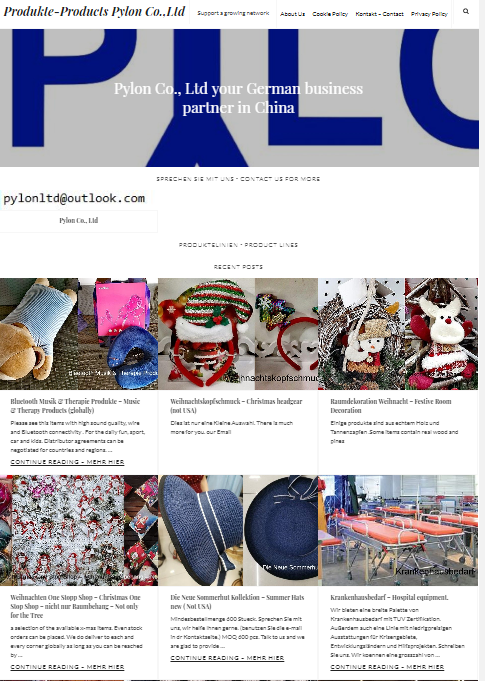Ningbo sees booming cultural industry
- Details
- Category: Ningbo Business
- Published: Tuesday, 23 October 2012 14:15
The added value from Ningbo's cultural industry rose from 7.385 billion yuan in 2004 to 295 .44 billion yuan in 2011, making up 3.5 percent share of GDP, up 4.88 percent over last year, according to data released by Municipal Publicity Department in a press conference on Monday.
In the past decade, Ningbo has taken steps to boost its cultural industry, making it a "pillar" of its national economy. The government is seeking to promote development of the sector by strengthening the organization and leadership, increasing funding, and issuing favorable policies. Currently, Ningbo is striving to promote the "1235" project, and stepping up the construction of 10 cultural gathering areas, 20 key cultural brands, 30 key cultural projects, and 50 key cultural enterprises. Ningbo's cultural industry is developing with strong momentum toward a diversified and clustered operation pattern.
To support the development of state-owned cultural industries, Ningbo Municipal government promoted the reform and development of Ningbo Daily Newspaper Group, and Ningbo Radio and Television Group in an effort to strengthen the competitiveness of the state-owned cultural groups. By the end of last year, the total assets of Ningbo Daily Newspaper Group had reached 2.108 billion yuan, an increase of 279.7 percent compared to 2003. The total assets of Ningbo Radio & Television Group hit 1.864 billion yuan, an increase of 213.6 percent from 2003.
Meanwhile, Ningbo stepped up its support for private cultural enterprises by supporting the development of a number of companies in sports goods, old furniture, packaging, and root carving. The total sales of stationery last year exceeded 45 billion yuan, making up one-fifth of China's total output and one-third of total exports.










